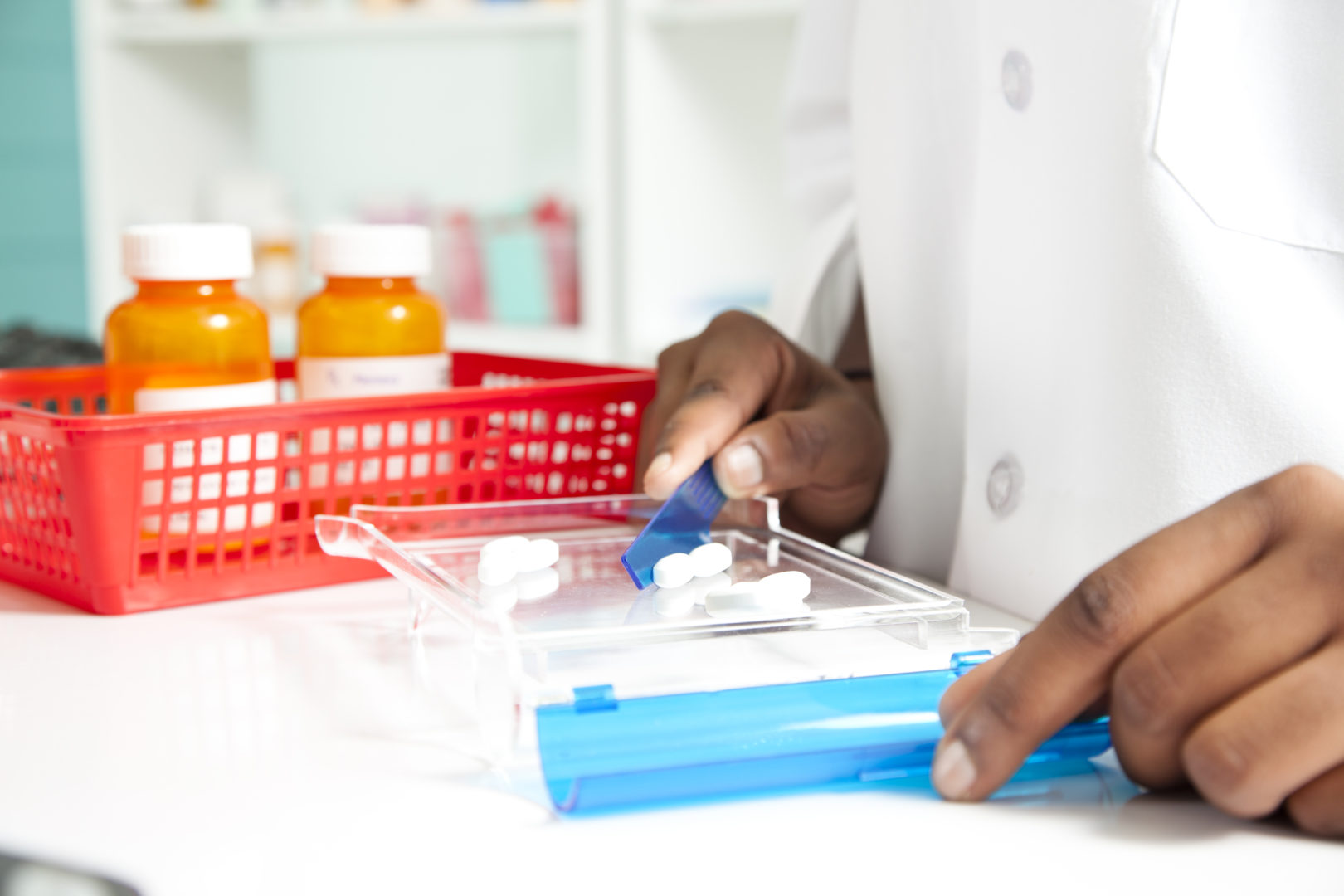Counterfeit Prescription Drugs a Problem in Canada & Australia
 Hospital pharmacist discovers fake drug and protects patients
Hospital pharmacist discovers fake drug and protects patients
The National Post reports that since October 2015, Health Canada has stopped almost 10,000 packages containing counterfeit prescription drugs at the Canadian border. In just a single week as part of Interpol’s Operation Pangea, $2.5 million worth of counterfeit drugs were seized.
Some counterfeit drugs do contain a small amount of the active ingredient, but they can also be comprised of a cocktail of substances, and the dosage can vary greatly from pill to pill. Karen Waldron, Associate Professor of Chemistry at the University of Montreal, said this about counterfeit pills: “You don’t know where they’re being manufactured. You have no idea if they’re being made in someone’s garage. It hasn’t been verified that it’s not going to kill you.” Many customers who purchase these pills from rogue online pharmacies or on social media sites do not realize they are buying fake drugs. Even if they do work it out, they tend not admit it.
Commonly counterfeited drugs include lifestyle medications like ED drugs and Botox, which have also have bona fide medical purposes. ED drugs are used to treat diabetes, stroke, heart failure, altitude-related lung problems, and Becker muscular dystrophy. Botox treats incontinence, chronic migraines, and, since the 1970’s, crossed eyes. Besides the risk of patients purchasing fake versions from unlicensed online pharmacies, fake versions have also found ways into legitimate drug supply chains. New reports from a 2010 incident reveal counterfeit Viagra found its way into Australia’s secure drug supply chain and ended up in over 260 pharmacies and four hospitals. One of those hospitals was Sydney’s Children’s Hospital, where doctors use Viagra to treat babies suffering from persistent pulmonary hypertension of the newborn (PPHN). The counterfeit medication tested at the hospital was found to not have sufficient active ingredient. It was discovered by a pharmacist who noticed that the consistency of the tablets wasn’t normal. “It was a bit grittier than normal,” reported the Australian Broadcasting Corporation. The medication had been purchased by a medical distributor from an unlicensed supplier who “sold stock from an unmarked van.”